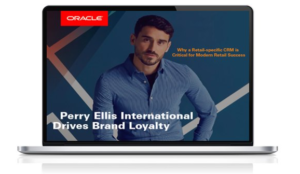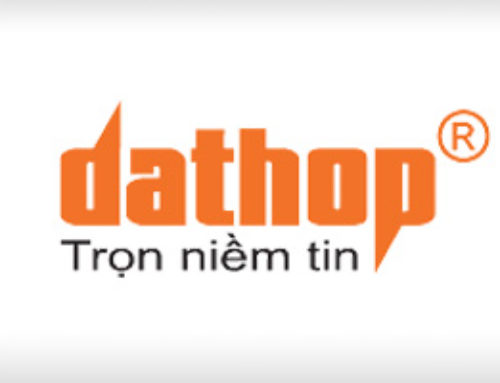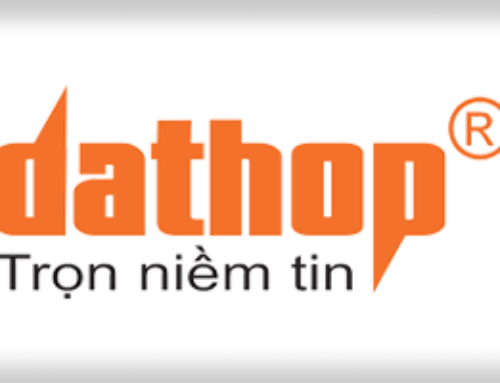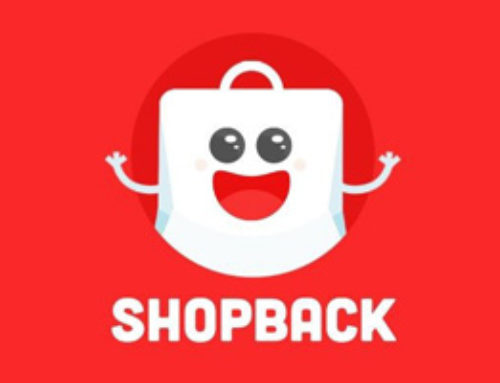 Get the Guidebook: Why a Retail-Specific CRM is Critical for Modern Retail Success
Get the Guidebook: Why a Retail-Specific CRM is Critical for Modern Retail Success
Most retailers wouldn’t implement and deploy a new system in just a few weeks. Most retailers would play it safe, wait for a lull in the season, and then execute their plan.
But Perry Ellis International (PEI) didn’t get to be a global retail powerhouse by playing it safe. It already had a successful run with Oracle’s Merchandising and POS systems, so it decided to upgrade its POS to Xstore and move from a legacy CRM to Oracle Retail Customer Engagement (ORCE). Its aim was to create stronger customer connections with a 360-degree view of customer behavior and a stellar loyalty program that better rewards and retains consumers.
But that meant a seven week system deployment!
How did they do it? In this guidebook from Oracle, you’ll learn why PEI chose such a bold timeline, why it partnered with BTM Global for the integration and implementation, and the benefits it has already experienced with Oracle. As Oracle notes in the book, “Today’s retailers must have a comprehensive view of consumer shopping behavior to personalize brand interactions across all touchpoints.”
You’ll also get our top recommendations for driving speed to value in an Oracle Retail implementation, including:
Minimize Disruptions to the Business. Behind the scenes, supporting systems, capabilities, and integrations are running in production. It’s important to manage a project like this in a streamlined manner to not disrupt processes serving the organization, as well as their customers and their business partners. Leverage creativity to curtail production interruptions.
Balance Nuance Against Need. You may have certain business nuances or phase strategic goals in mind—but making sure you move nimbly to achieve those goals in less time to provide business benefits is very important. Creating a detailed roll-out plan and diligent scope management keeps wants and needs in check.
Get All the Sailors on Board. You need involvement and strong governance, not only from the IT side, but also the business side. The first issue that has to be settled is, “How do we communicate and get the right stakeholders involved?” Set a cadence of communication to the project stakeholders to set expectations.
Stay Focused. You don’t want to lose sight of what you want to enable in the future—but don’t let that distract you from what you have to do now to get the benefits you want. It’s easy to get involved in a project and only focus on the tactics of getting it done, but understanding how the deployment will impact your organization, how it will get users involved from an organizational perspective and where you want to be in the end is key.
Maintain Transparency. Issues will arise, it’s how you communicate them that makes the difference. It’s essential to be transparent and proactive: if you see it first, say it first.
A complex project like this requires great collaboration and a lot of attention to detail. Get the guidebook from Oracle and learn more about PEI’s journey to driving brand loyalty!







